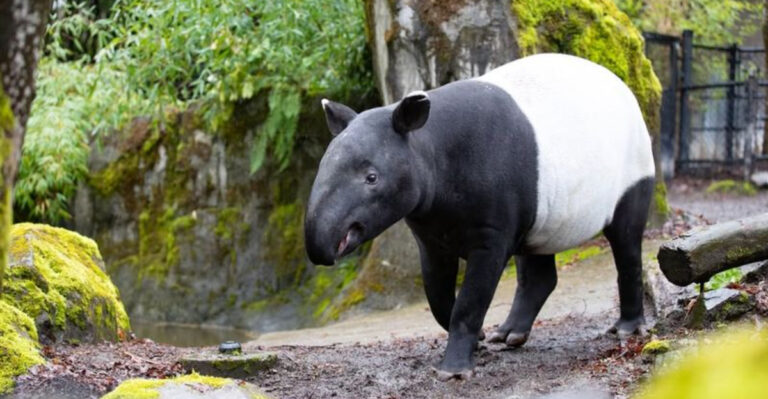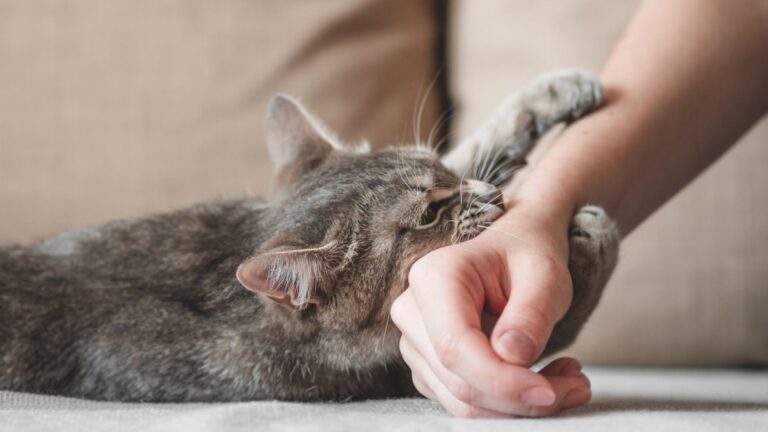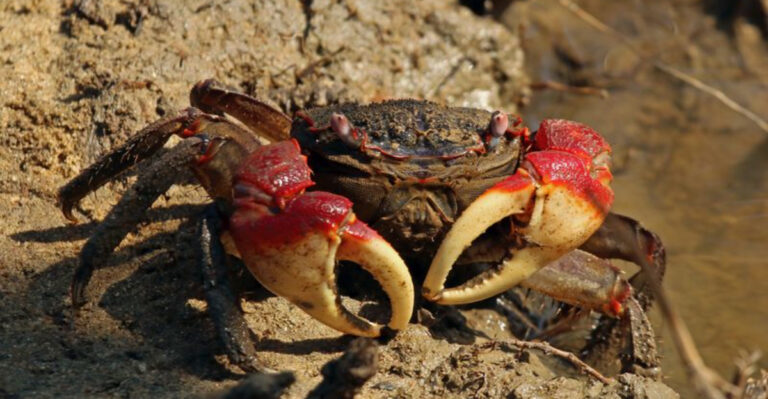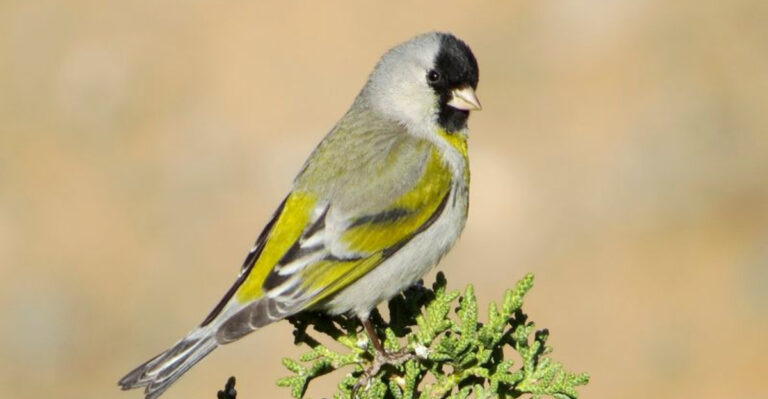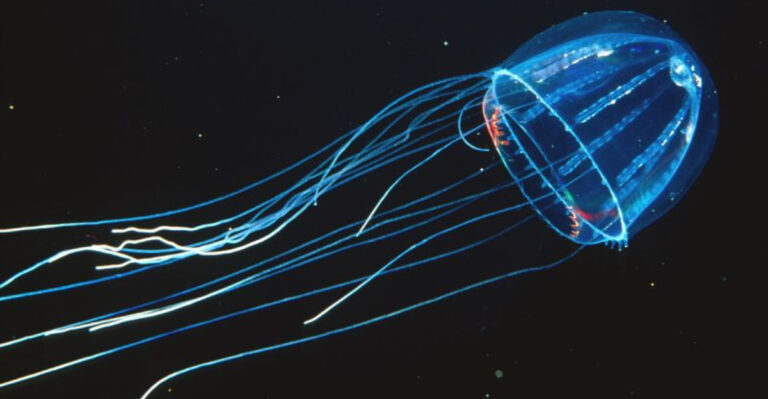Sloth Vs Slow Loris: 10 Surprising Differences You Never Knew
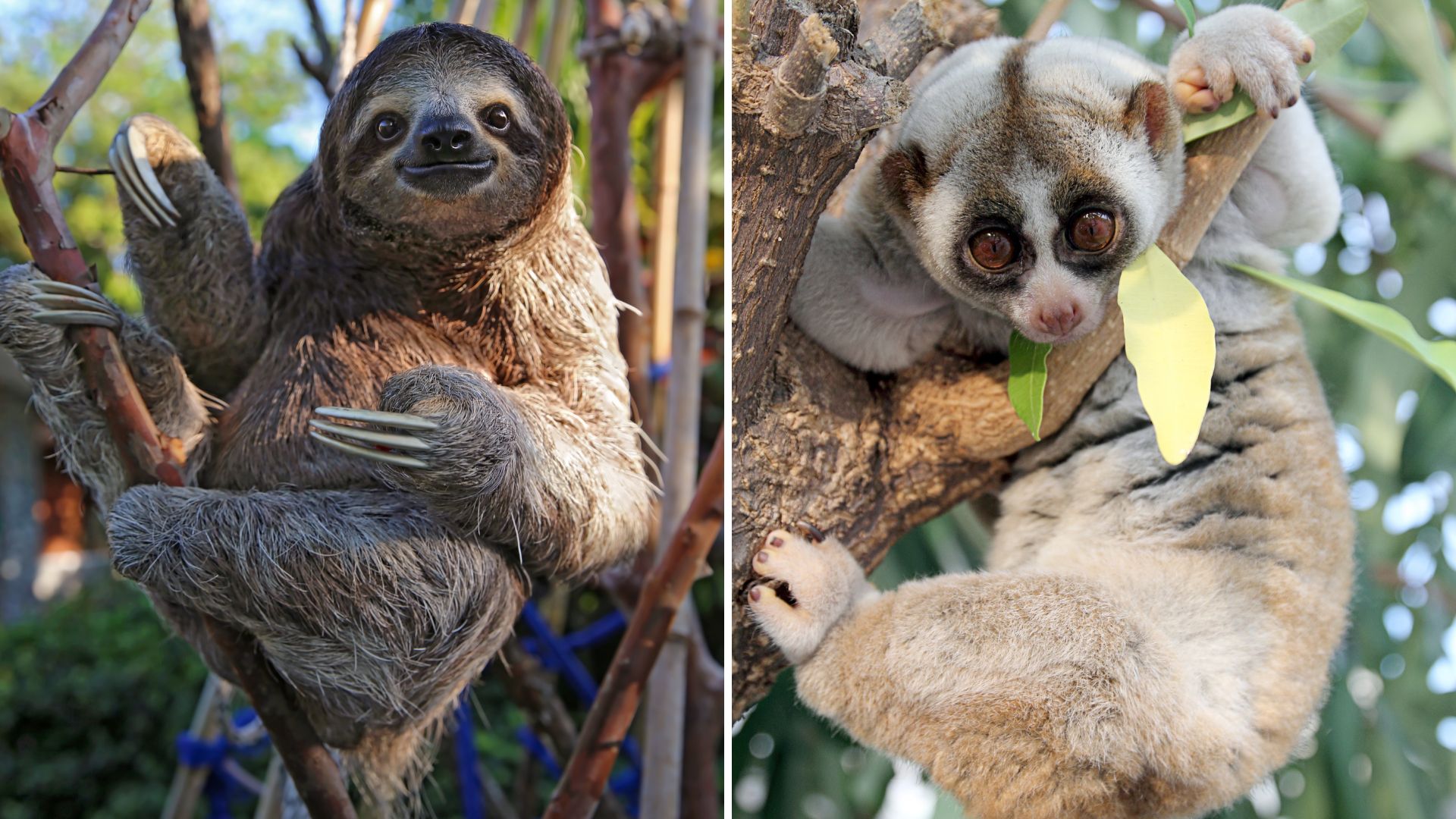
Sloths and slow lorises may both have a reputation for moving at a glacial pace, but these two creatures are worlds apart in several fascinating ways.
From their habitat preferences to their unique survival strategies, the sloth and the slow loris each tell a different tale of evolution and adaptation. Let’s explore the intriguing distinctions that set these mesmerizing mammals apart in the animal kingdom.
1. Habitat: Jungle Vs. Forest
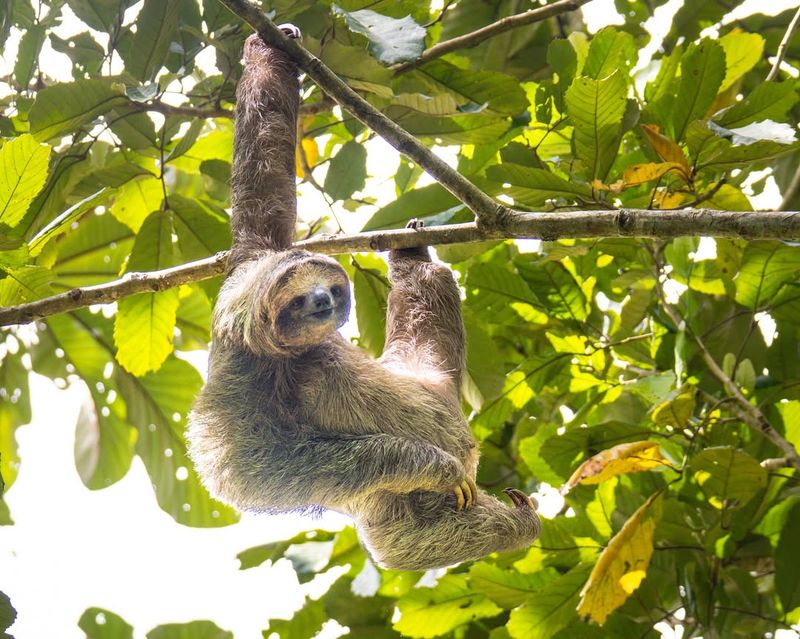
Sloths make their home in the dense jungles of Central and South America, where they gracefully hang from the trees. These jungles provide the perfect canopy for the sloth’s leisurely lifestyle, offering an array of leaves for them to munch on and branches to swing from. In contrast, the slow loris prefers the forests of Southeast Asia, where the air is thick with the scent of exotic spices and the sounds of chirping insects.
While sloths are adapted to the jungle’s vibrant ecosystem, slow lorises thrive in the humid forests, often found among the bamboo and fig trees. This difference in habitat not only affects their diet but also their behavior, as each species has evolved to meet the challenges of their specific environment. The jungle’s rich biodiversity gives sloths plenty of room to maneuver, while the forests offer slow lorises a plethora of hiding spots among the foliage.
In essence, the habitat of each animal plays a crucial role in its evolution, influencing everything from physical adaptations to daily habits. This geographical divide underscores the unique paths these creatures have taken to thrive in their respective ecosystems.
2. Physical Appearance: The Subtle Art Of Camouflage
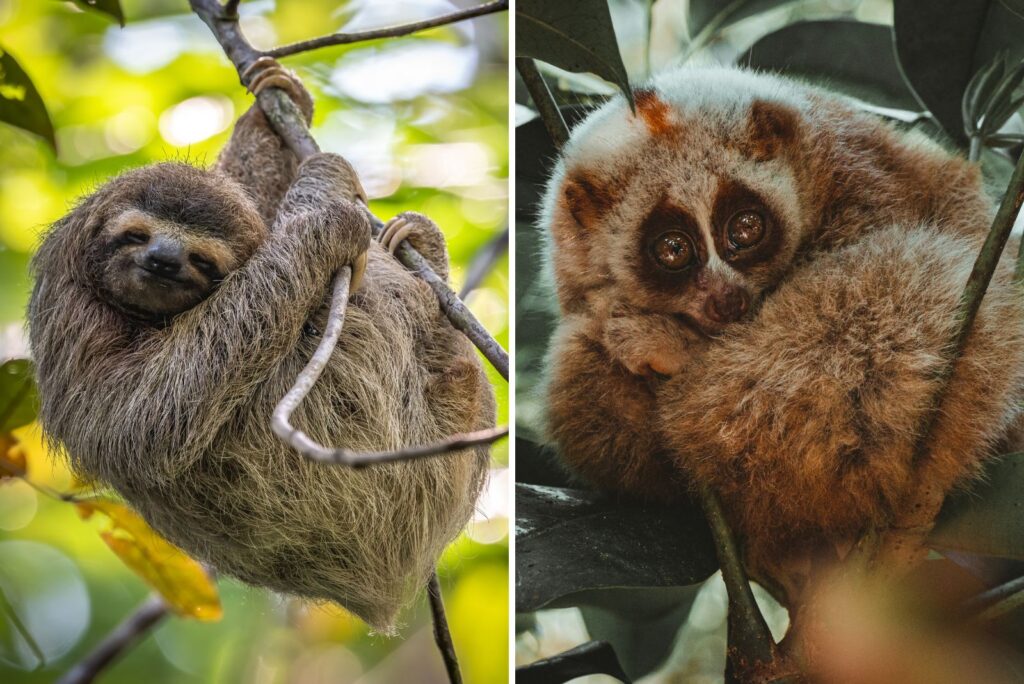
The physical appearance of the sloth and the slow loris is a testament to their unique evolutionary paths. Sloths boast long limbs and curved claws, perfect for a life spent hanging from branches. Their fur is often a greenish hue due to algae that grow on them, aiding in camouflage among the treetops.
On the flip side, the slow loris is a master of subtlety with its petite stature and large, round eyes that dominate its face. This nocturnal creature uses its eyes not just for seeing in low light but also to mesmerize its prey. Their soft fur blends seamlessly with the forest understory, providing the perfect disguise against predators.
While the sloth’s appearance is tailored to a life of hanging loose, the slow loris is built for stealth and surprise. Each animal’s distinct look not only reflects its lifestyle but also its survival strategies, making them fascinating subjects of study in the art of animal adaptation.
3. Diet: Leaf Munchers Vs. Insect Guzzlers
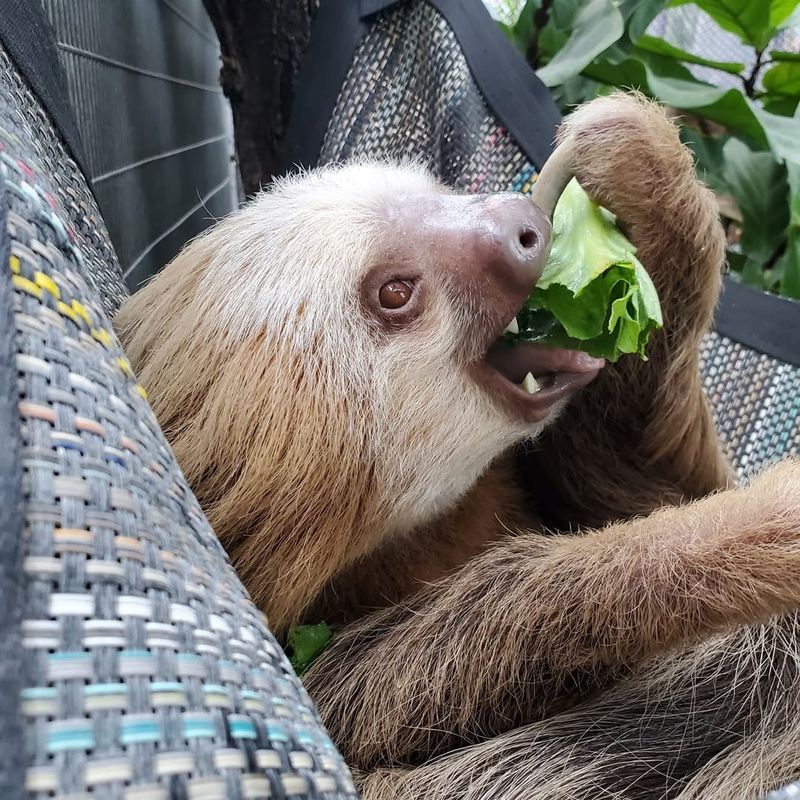
Sloths are notorious for their slow metabolism, and their diet is largely to blame. These arboreal creatures primarily feast on leaves, which are low in nutrients and require a lot of energy to digest. As a result, sloths have adapted to a slow pace of life to conserve energy, spending up to 20 hours a day sleeping or resting.
In contrast, the slow loris has a more varied diet, indulging in insects, fruit, and even small animals. This protein-rich diet allows the slow loris to be more active and agile compared to its leaf-munching counterpart. Their sharp teeth and specialized digestive system help them process their diverse diet efficiently.
The stark difference in dietary habits not only influences their metabolic rates but also their daily routines and energy levels. While sloths take life at a leisurely pace to conserve their limited energy resources, slow lorises are lively and opportunistic, always on the lookout for their next meal.
4. Movement: Slow And Steady Vs. Quick And Agile
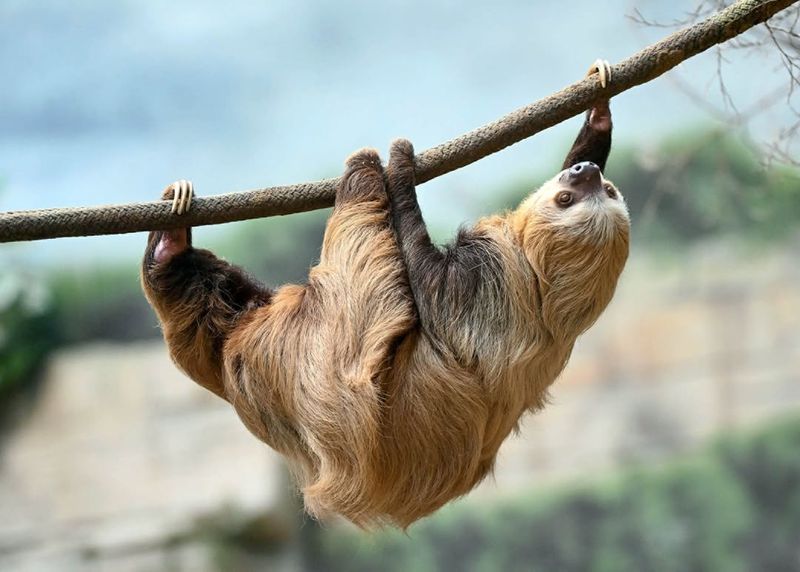
Who would’ve thought that the one named “slow” would be quicker?
When it comes to movement, sloths and slow lorises are worlds apart. Sloths are renowned for their unhurried pace, moving so slowly that algae can grow on their fur. This lethargic lifestyle is an adaptation that conserves energy, essential for digesting their leafy diet.
On the other hand, the slow loris, though named ‘slow,’ is surprisingly quick and agile. They can dart between trees in pursuit of prey or when escaping predators. Their nimble movements are aided by strong, grasping hands and feet, allowing them to deftly navigate the forest canopy.
The divergence in their movement styles is a reflection of their different survival strategies. Sloths rely on being inconspicuous and conserving energy, while slow lorises are more active and rely on stealth and speed to thrive in their environment.
5. Social Behavior: Solo Vs. Social
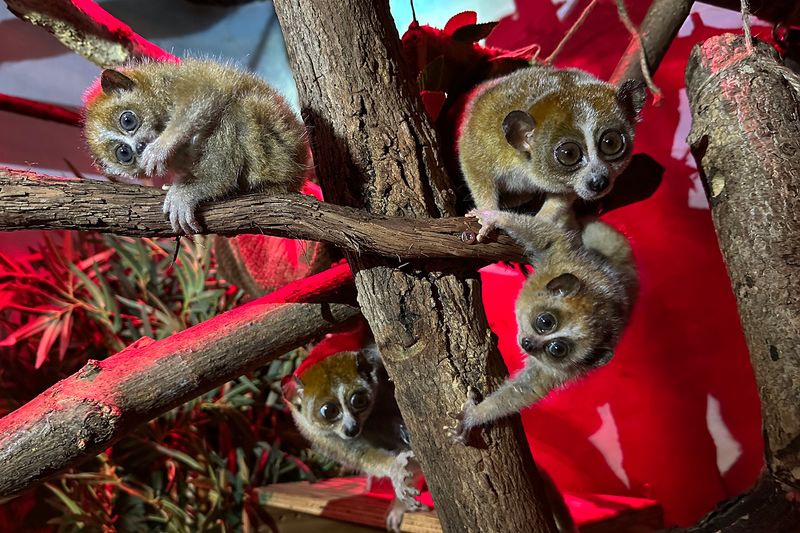
The social lives of sloths and slow lorises couldn’t be more different. Sloths are solitary creatures, preferring the quiet solace of their tree branches. They spend most of their time alone, only coming together during mating season. This solitary lifestyle helps sloths avoid competition for food and mates.
In stark contrast, slow lorises are more social and have been observed in small groups, engaging in playful interactions. They communicate with each other through a series of whistles and other vocalizations, which can often be heard echoing through the forest.
These distinct social structures highlight the different survival tactics of each species. While sloths rely on solitude and the element of surprise to avoid predators, slow lorises benefit from social bonds and group dynamics, enhancing their chances of survival in the wild.
6. Defense Mechanisms: The Art Of Survival
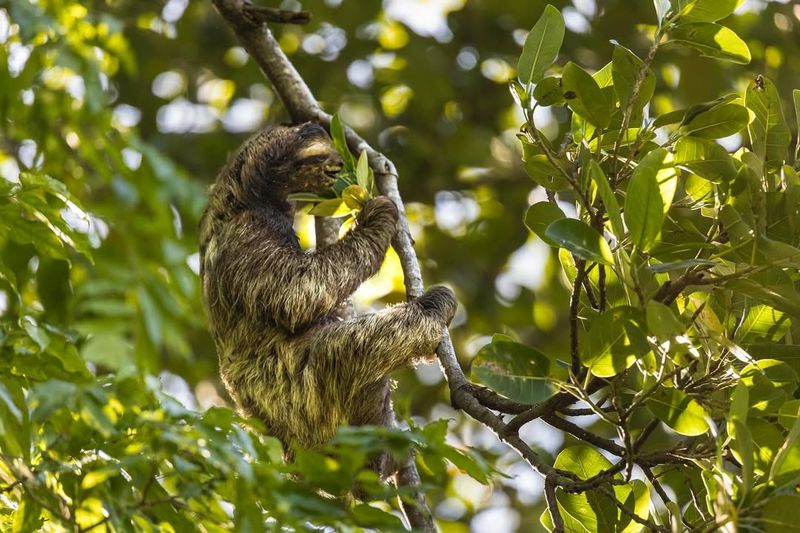
When it comes to defense, sloths and slow lorises have evolved intriguing mechanisms to survive in the wild. Sloths rely heavily on their camouflage, blending seamlessly with the foliage due to the algae that grow on their fur. This natural disguise, combined with their slow movement, makes them difficult for predators to spot.
Conversely, the slow loris has a more direct approach to defense. They possess venomous glands located on their elbows. When threatened, they lick these glands, transferring venom to their bite. This potent defense mechanism can deter predators and is unique among primates.
These contrasting defense strategies showcase the ingenuity of evolution, equipping each species with tools suited to their environment. While sloths are masters of disguise, slow lorises have the added advantage of venom, making them formidable despite their small size.
7. Reproductive Strategies: Slow And Steady Wins The Race
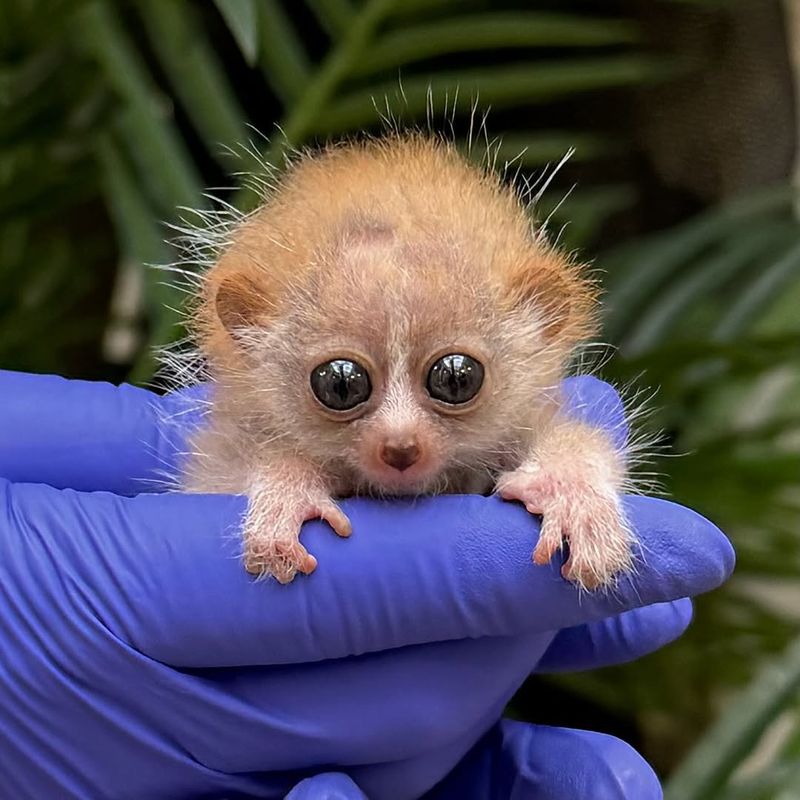
The reproductive strategies of sloths and slow lorises reflect their overall lifestyle and survival tactics. Sloths have a slow reproductive rate, with females typically giving birth to a single offspring after a lengthy gestation period. This slow approach ensures that the mother can invest ample time and resources into nurturing her young.
Slow lorises, however, have a slightly quicker reproductive cycle, sometimes producing twins. The mother provides extensive care, grooming, and protecting her offspring from predators. This balanced approach allows slow lorises to maintain their population despite threats in their environment.
Both species demonstrate the importance of reproductive strategies in ensuring the survival of their lineage. Sloths take a more conservative approach, while slow lorises balance between quantity and quality, each adapting to their unique environmental pressures.
8. Predation: Evading Threats In Different Ways
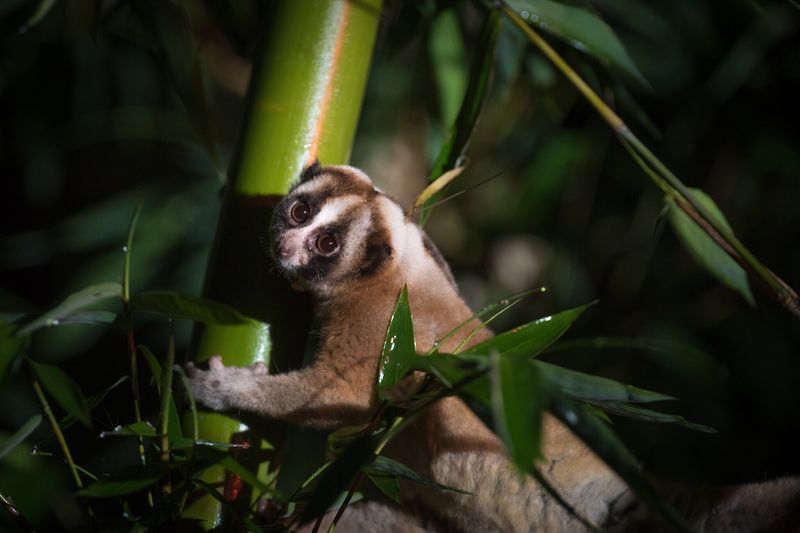
Predation is a constant threat in the wild, and sloths and slow lorises have developed distinct strategies to evade it. Sloths depend on their slow movements and camouflage to avoid detection by predators such as jaguars and harpy eagles. Their ability to blend into the canopy is their primary defense.
In comparison, slow lorises employ a more aggressive tactic. Their venomous bite can deliver a potent deterrent to predators, including snakes and larger mammals. This unique adaptation allows them to defend themselves effectively, even in the face of danger.
These different approaches to predation highlight the versatility and adaptability of each species. While sloths rely on stealth and invisibility, slow lorises take a more combative stance, showcasing the diverse strategies employed by animals to survive in the wild.
9. Conservation Status: A Tale Of Two Challenges
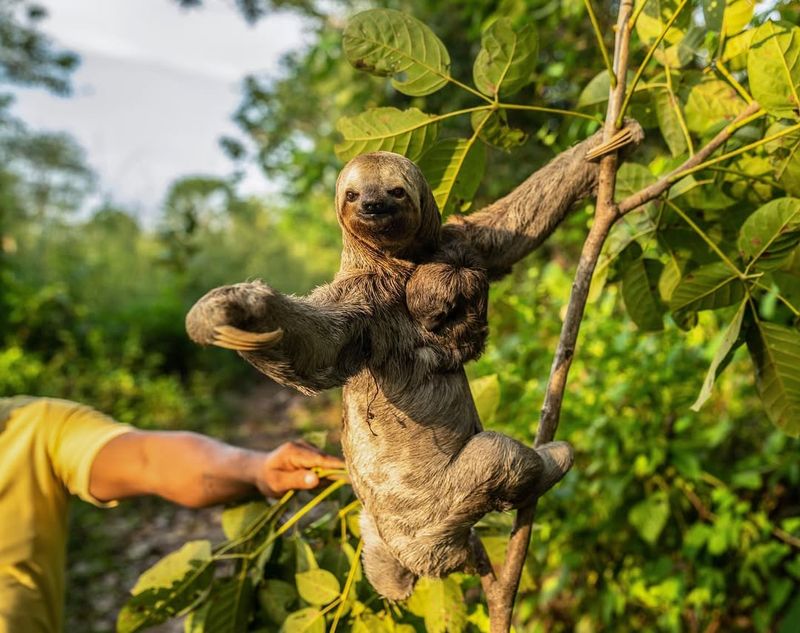
The conservation status of sloths and slow lorises presents a tale of two challenges. Sloths, while not endangered, face habitat loss due to deforestation in the jungles of Central and South America. Conservation efforts focus on preserving their natural habitat and mitigating human-wildlife conflicts.
Slow lorises face a more immediate threat due to illegal wildlife trade and habitat destruction. These nocturnal primates are often captured and sold as exotic pets, a practice that has severely impacted their populations. Conservationists are working tirelessly to protect these creatures, advocating for stricter laws and rehabilitation programs.
Both species highlight the urgent need for conservation efforts tailored to their specific threats. While sloths require habitat preservation, slow lorises need protection from human exploitation, each facing unique challenges in the modern world.
10. Toxic Vs. Non-Toxic
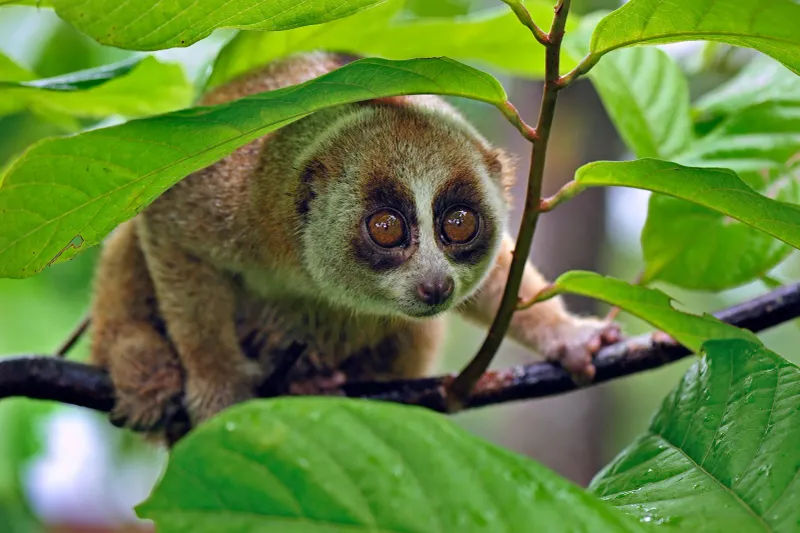
A fascinating distinction between these two creatures is the presence of venom in the slow loris. It is one of the few mammals with a toxic bite, using venom secreted from glands near its elbows.
This venom can be mixed with their saliva to deliver a painful bite, serving as a defense mechanism against predators.
Sloths, however, are non-toxic and rely on their slow movement and camouflage for protection. This difference highlights the unique survival strategies each species has evolved in response to their environment and threats.


